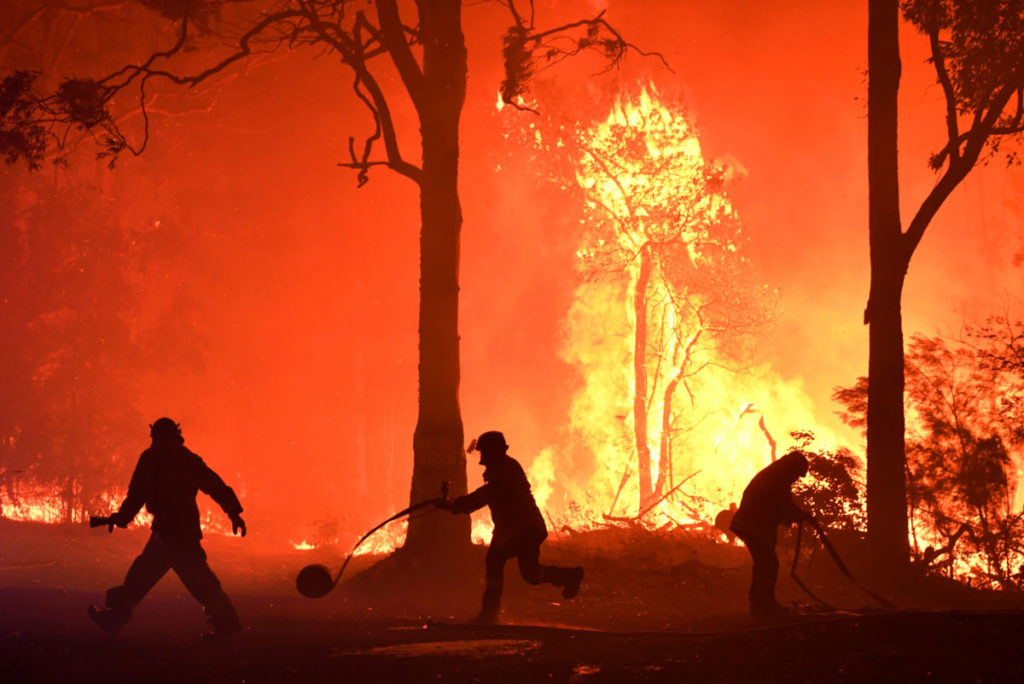By Olivia Capasso || Junior Editor

Photo Courtesy of PBS.org
Since July of 2018, wildfires have been spreading throughout Australia with an intensity and frequency that has not been observed for decades. According to CNN, New Wales, its most populated state, has recorded the most severe damage of all areas that have dealt with these aggressive fires. The blazes have run rampant within a wide range of territories, including national parks, woodlands, large cities, and their surrounding suburbs. In total, around 19 million acres have been burned by the wildfires in Australia, with more than half being in New Wales. Thirty-four individuals have been killed by the fires, and over 3,000 homes were either damaged or completely destroyed. The wildfires vary in size- some are able to be put out within a few days, while many have blazed on for months with little success in restraining them.
Although Australia annually has its fire season, this year has been particularly consequential due to a variety of environmental factors. Last spring had some of the driest months in the country’s history, and combined with both high winds and temperatures, fires were prone to spread quickly and intensely, making them difficult to be contained. These conditions have been attributed to climate change and its role in worsening the environment’s susceptibility to these disasters. It does not look as though the wildfires will end anytime soon, either, due to their recurring nature. Currently, thousands of firefighters from Australia, the United States, Canada, and New Zealand, are working tirelessly to eliminate the blazes.
These fires have had grave consequences for Australia’s wildlife. Experts have given a conservative estimate of around one billion animals affected or killed by the fires, with koalas in New Wales taking the greatest hit to their population. About a third of koalas in Australia have died, not to mention their habitats drastically being changed by the blazes. Species with smaller populations to begin with are at a relatively higher risk of extinction should their environments be irreversibly damaged. The annihilation of such animals could be disastrous and will certainly impact all species within the ecosystem.
These wildfires have numerous environmental implications that not only affect the future of Australia, but the rest of the world as well. Biodiversity is at a high risk, as large populations of species have been significantly reduced and their habitats destroyed. Those that did not die in the fires will likely not survive due to the minimal resources remaining. Air pollution and smoke exposure have obvious health consequences for those exposed to it long term, such as respiratory illness, eye irritation, asthma, and premature death. The smoke has traveled across the Pacific Ocean as well, greatly affecting New Zealand and parts of South America. For those who have lived through the disaster, the nightmare will not end once all of the fires have gone out. Many will suffer the extended mental health effects of this tragedy, so that even long after the blazes have subsided, Australia will still be in need of much assistance. Having observed the extreme consequences of climate change, it is now the responsibility of all individuals and policymakers to make more conscious decisions. Though much damage has already been done, it is up to us to reduce our detrimental impact on the world and collectively attempt to mend the holes we have created in our natural environment.
First-year Olivia Capasso is the Junior Editor. Her email is ocapasso@fandm.edu.